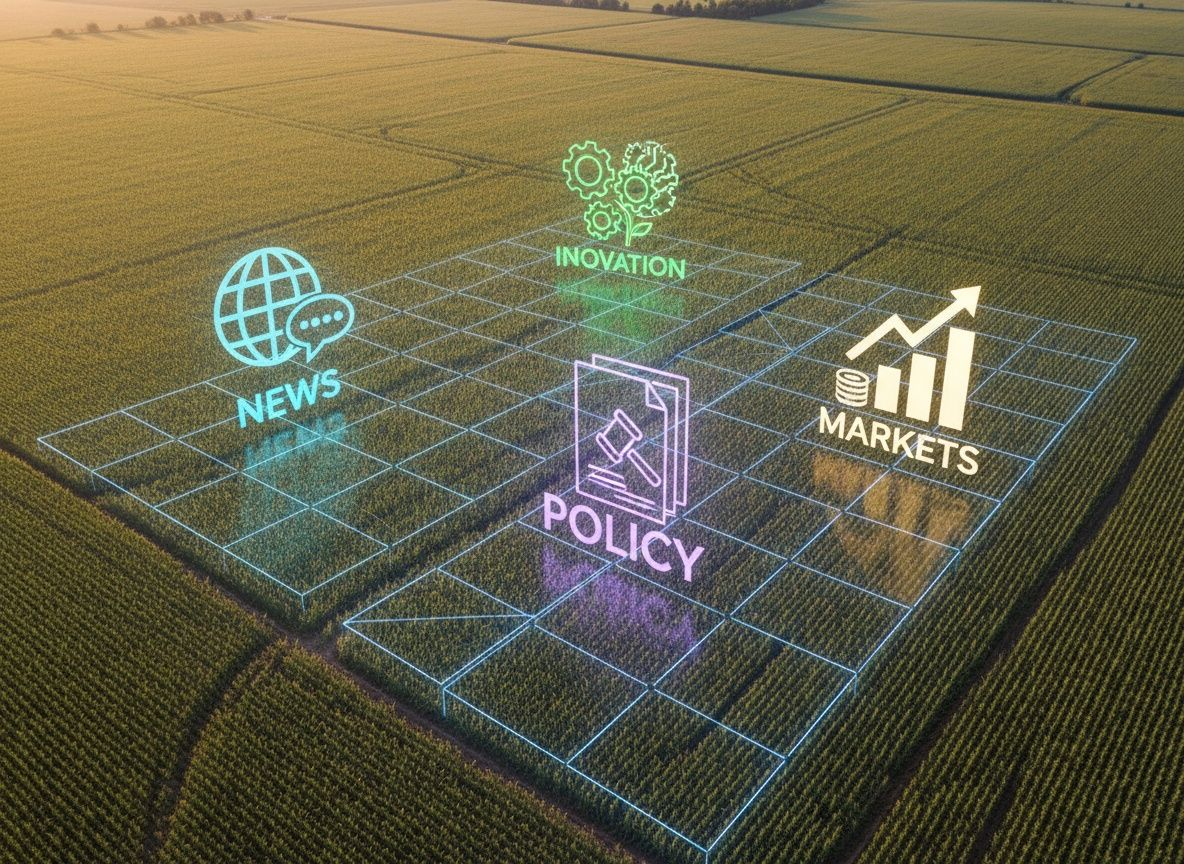Export Engine Drives Illinois Economy
Family farmers and free trade agreements are behind the wheel
Exporting goods is big business for Illinois, built on highly effective freight logistics like rail and river systems that allow for more efficient, climate friendly transportation. In 2018, Illinois was the sixth largest export state in the nation, accounting for 7.6 percent of the Illinois GDP. Hundreds of thousands of jobs in our state rely on this big business.
In the last marketing year Illinois shipped about 46 percent of the corn grown in Illinois out of state, mainly destined for international export from the Gulf of Mexico. Since 2019, the top international markets for Gulf US corn are Mexico, China, and Japan. Illinois exports more corn than any other state, with Minnesota and Nebraska ranking second and third.
And it isn’t just corn. Value-added corn products like corn-based ethanol, the dried distillers grains produced during ethanol production, pork, beef, and poultry are also leaving the state. Including these and all other agriculture product exports, Illinois ranks third in the nation.
All told, vibrant relationships with international customers and free trade agreements that place a framework of trust and agreement around those relationships are vital to the health of the Illinois export industry.
The United States has signed free trade agreements with 20 countries – markets that consistently buy more than half of all U.S. exports of corn, sorghum, barley, ethanol, distiller’s dried grains with solubles (DDGS), corn gluten feed/meal and other co-products.
For the 2019/2020 marketing year (September 2019-August 2020), U.S. FTA partners imported 53 percent of all U.S. grain in all forms exports at 53.4 million metric tons, equivalent to 2.10 billion bushels.
Considering how critical exports are to Illinois agriculture and our economy, we should all be concerned about the potential disruption in trade from our top partner. Mexico is largest export market for U.S. corn, a natural trading relationship built on free trade agreements like the North American Free Trade Agreement (NAFTA) which entered into force in 1994, and the updated U.S. Mexico-Canada-Agreement (USMCA) which entered into force on July 1, 2020.
The USMCA includes provisions that require any trade restrictions be based in sound science and risk. The proposed ban on genetically modified corn imports appears to be a politically motivated protectionist effort, based neither in science nor risk. It is critically important that the U.S. government hold all free trade partners to the terms of the free trade agreement.
Many Illinois corn farmers grow non-genetically modified and other specialty corn to serve higher value markets. U.S. farmers are capable and willing to grow whatever the market demands, as long as their operations allow it and there is a financial benefit to do so. The proposed ban does nothing to leverage the power of the free market to achieve its stated goals.
Also significant and often not considered outside of the industry, agriculture is an annual process. The seed to be planted in 2023 was purchased in the fall of 2022. Soon, the seed will be in the ground, and it seems unlikely that the U.S. and Mexico will have come to a resolution. What then is a corn farmer to do with the crop, investment already made and plants already growing, when harvest comes and a significant market is gone?
Corn exports, and their successes and failures, have significant impacts for the Illinois economy and especially Illinois’s rural communities. This business deserves more than a passing interest in times of crisis.






